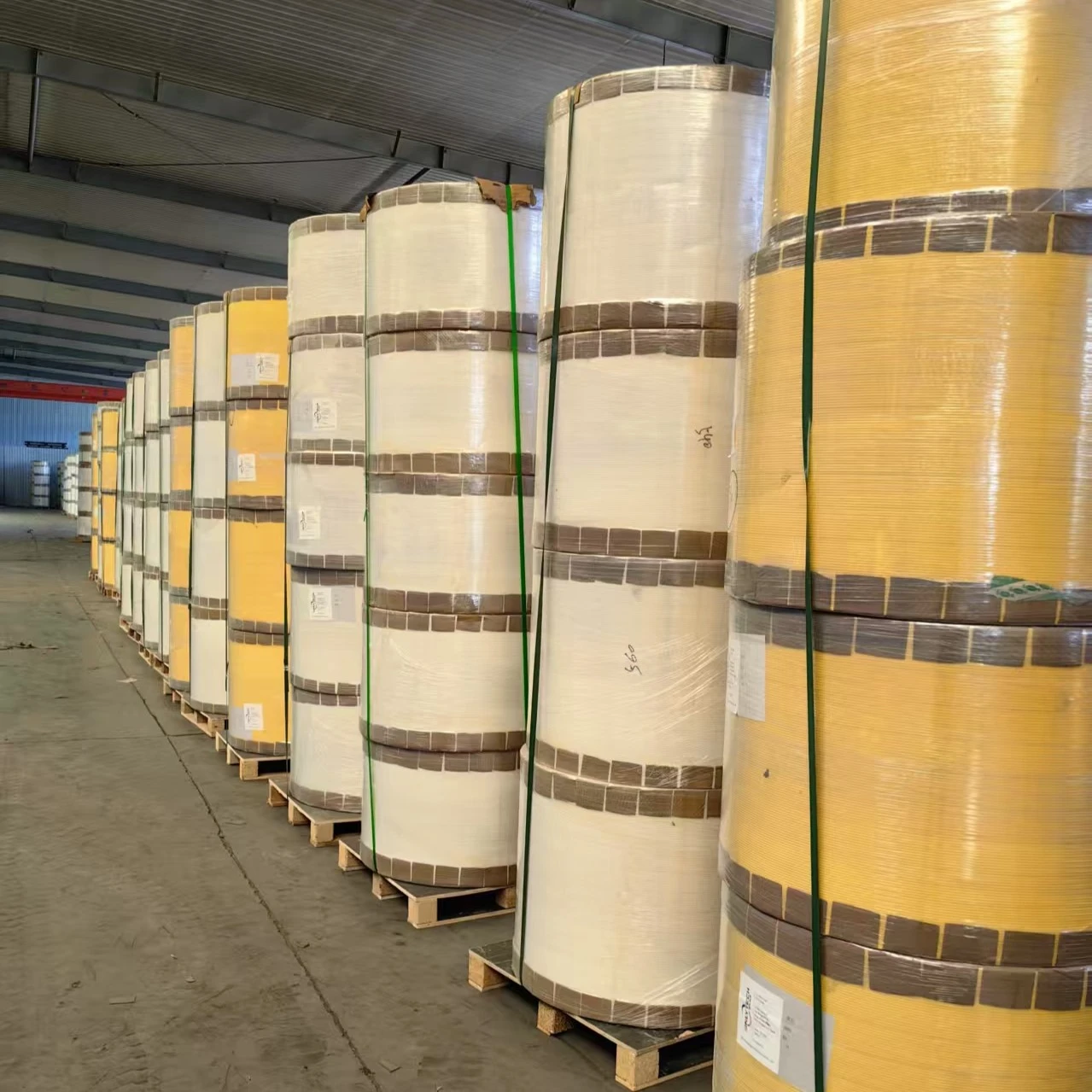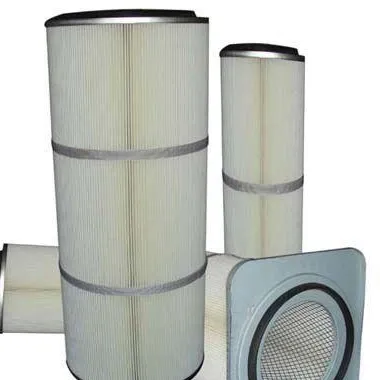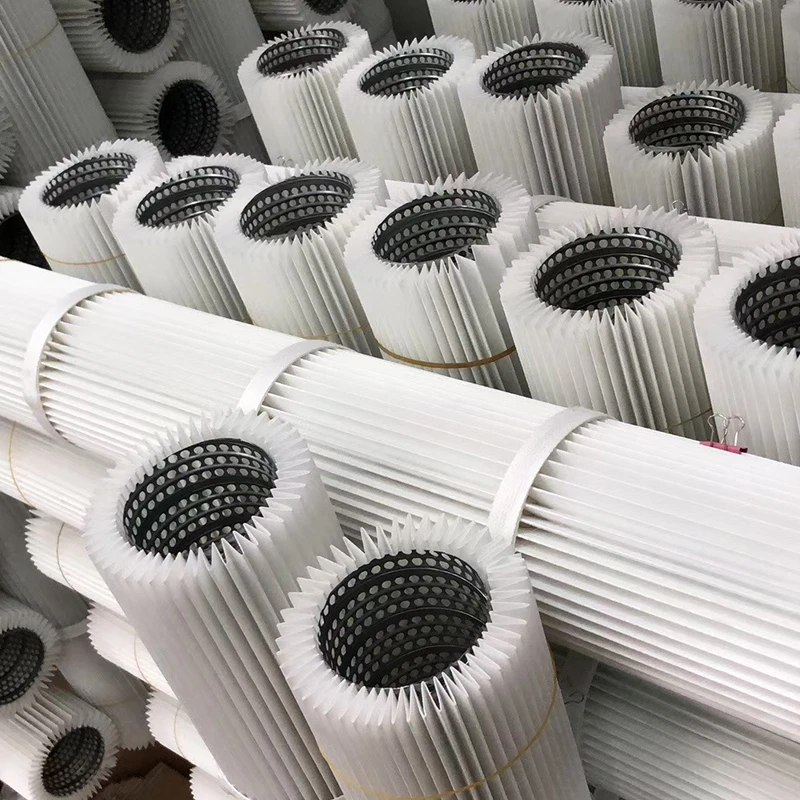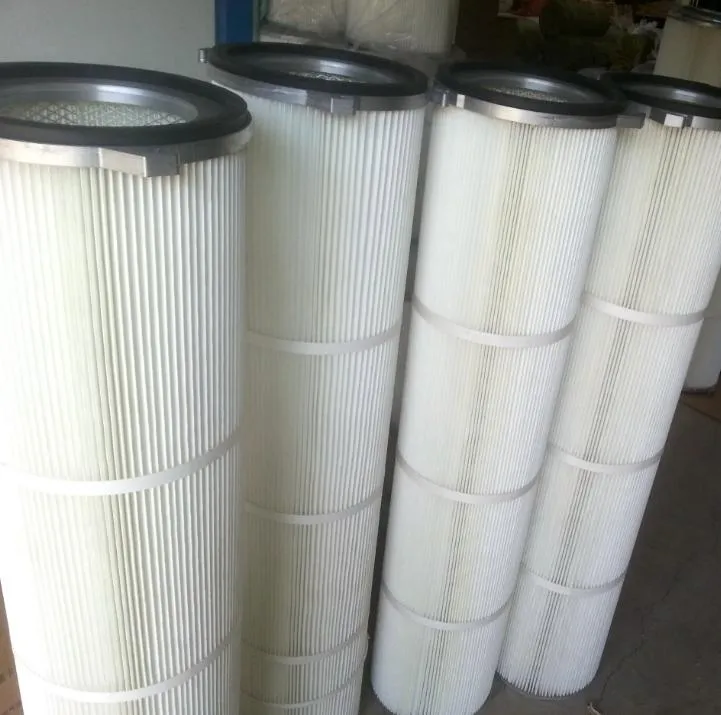 Tel:
+8618931101301
Tel:
+8618931101301
Jul . 21, 2025 14:27 Back to list
Efficient Air Filtration with Premium Dust Filter Cartridge Solutions
In modern industries, air pollution control is not just a compliance requirement but a vital component of operational efficiency, safety, and sustainability. Whether in metalworking, pharmaceuticals, or automotive manufacturing, managing airborne dust is critical to maintaining equipment longevity and ensuring a healthy working environment. This is where high-quality dust filter cartridge systems come into play. As trusted tools for capturing fine particulates, these filter cartridges are indispensable in dust collection units and industrial vacuum systems. Understanding the importance of quality filtration, dust filter cartridge manufacturers continue to innovate in material selection, pleating techniques, and sealing technologies to meet the evolving demands of industrial air filtration.
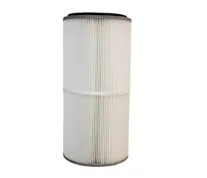
Why the Right Dust Filter Cartridge Matters in Industrial Applications
Choosing the appropriate dust filter cartridge for your facility can significantly impact your production process and maintenance costs. These cartridges are designed to remove particles from contaminated airstreams before the air is exhausted or recirculated. From laser cutting operations to powder coating booths, the air must be filtered thoroughly to prevent equipment damage, product contamination, and occupational health hazards. The filter media used—often synthetic fibers or cellulose—can trap microscopic dust with high efficiency. Advanced designs with uniform pleating allow for greater surface area in a compact format, which improves airflow and prolongs service life. Whether your application involves dry particles, oily mists, or highly abrasive dust, selecting the proper dust filter cartridge directly translates into better performance and operational safety.
What Sets Leading Dust Filter Cartridge Manufacturers Apart
Top-tier dust filter cartridge manufacturers differentiate themselves not just through production capacity but through their dedication to quality control, material science, and customization. They understand that filtration requirements vary greatly across industries. For instance, food processing plants require FDA-compliant filter media, while chemical plants may need anti-static or flame-retardant options. Manufacturers who offer a variety of configurations—round, oval, or panel-type filter cartridges—can better serve customers with diverse needs. Moreover, features such as reinforced end caps, inner mesh supports, and high-temperature resistance are often included in their product lines. By working closely with clients to tailor filter specifications, these manufacturers help streamline maintenance cycles, improve air quality, and reduce total cost of ownership for industrial clients.
Efficiency and Versatility with Dust Extractor Filter Cartridge Solutions
A dust extractor filter cartridge is a central component in many industrial dust collection systems, especially where space and power efficiency are critical. These cartridges are built to work with both portable and central dust extractors, efficiently capturing airborne particulates during cutting, grinding, sanding, or packaging processes. Their cylindrical shape and pleated design maximize dust-holding capacity without obstructing airflow. Additionally, most dust extractor filter cartridge products are engineered for easy installation and quick change-outs, minimizing downtime. Their compatibility with pulse-jet cleaning systems also ensures that performance is maintained even under continuous use. From woodworking shops to metal fabrication plants, these filter cartridges support a clean environment that aligns with both regulatory standards and productivity goals.
Superior Filtration Performance from Pleated Filter Cartridge Dust Collector Systems
The pleated filter cartridge dust collector is a powerful solution for businesses needing continuous filtration over large surface areas. Unlike traditional bag filters, pleated cartridges provide more media in the same footprint, leading to lower pressure drop and longer filter life. The pleating design enhances structural integrity and reduces the frequency of maintenance. These filters are commonly used in dust collectors for welding fumes, paint booths, bulk material handling, and pharmaceutical production. The filter media is often treated with hydrophobic or oleophobic coatings, making them ideal for moist or sticky dust environments. High-end pleated filter cartridge dust collector units also support backflushing and auto-cleaning mechanisms that make them more convenient for heavy-duty applications. This evolution in design has turned pleated cartridges into a modern standard for industrial air purification.
dust filter cartridge FAQs
What is a dust filter cartridge and how does it work?
A dust filter cartridge is a cylindrical or oval-shaped filter used to capture airborne dust particles in industrial environments. It works by drawing contaminated air through a pleated filtering medium that traps particulates. Clean air is then discharged back into the workspace or exhausted outdoors. The pleats increase surface area, which improves filtration efficiency and extends filter life.
How do I choose between different dust filter cartridge manufacturers?
When evaluating dust filter cartridge manufacturers, it’s important to consider their technical expertise, range of products, material certifications, and ability to customize filters for specific applications. Leading manufacturers often provide lab testing, technical documentation, and post-sales support to ensure product compatibility and compliance with industry standards.
What types of dust are handled by dust extractor filter cartridge systems?
A dust extractor filter cartridge is capable of handling various types of dry dust, including wood dust, welding fumes, plastic granules, paper fibers, and fine metal shavings. For environments with explosive or conductive dust, specialized filter media with anti-static properties are available to enhance safety and performance.
What are the advantages of pleated filter cartridge dust collectors over traditional filters?
The pleated filter cartridge dust collector offers several benefits over traditional fabric bag filters. These include a larger filtration surface in a smaller volume, reduced pressure drop, higher efficiency, and easier maintenance. Their design supports automated cleaning mechanisms like pulse-jet systems, which help maintain consistent airflow and lower energy consumption.
How often should dust filter cartridges be replaced?
The replacement interval of a dust filter cartridge depends on several factors including the type of dust, airflow volume, operating hours, and cleaning mechanism used. In general, filters should be inspected regularly and replaced when there is a noticeable drop in performance or an increase in differential pressure. Some industries operate on a scheduled replacement plan, while others rely on pressure gauges for real-time monitoring.
-
Smart Filtration with Advanced Dust Cartridge TechnologyNewsJul.21,2025
-
Reliable Air Protection from Leading Gas Turbine Filter ManufacturersNewsJul.21,2025
-
Premium Air Filtration Solutions with Advanced Air Filter Cartridge TechnologyNewsJul.21,2025
-
Optimizing Industrial Air Quality with Dust Collector Filter CartridgeNewsJul.21,2025
-
Industrial Air Quality Enhancement with Advanced Filter CartridgeNewsJul.21,2025
-
High-Efficiency Protection with Advanced Gas Turbine FiltersNewsJul.21,2025

 Email:
Email:
